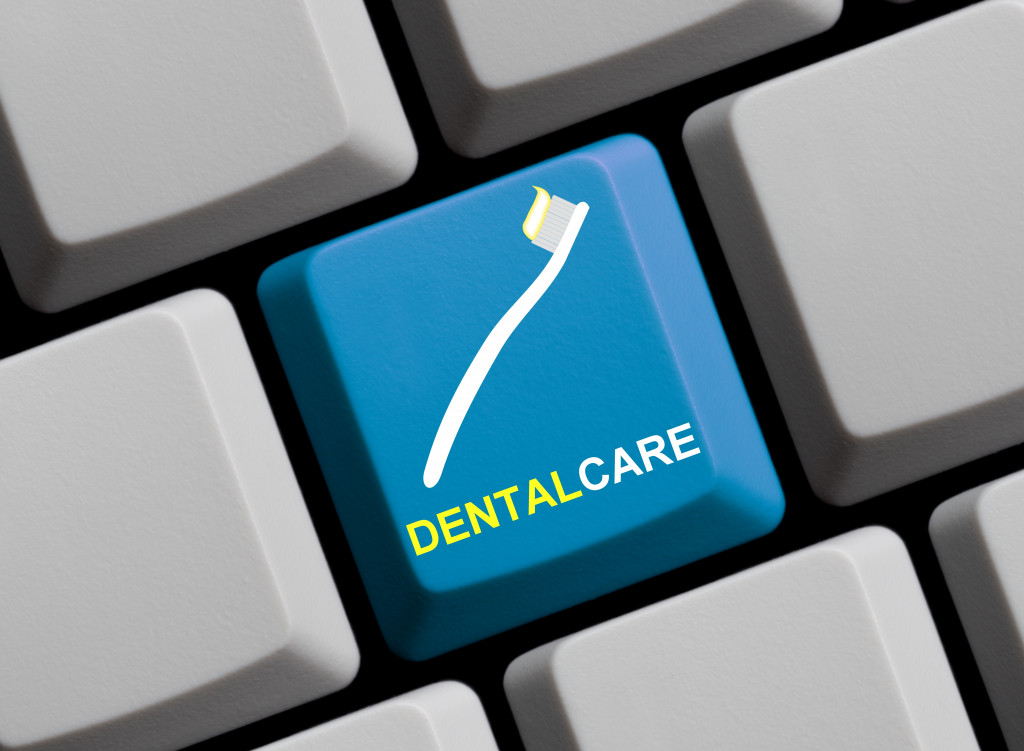Over 49% of people aged 18-64 have gum disease. Gum diseases include gingivitis and periodontitis, both severe forms of gum disease that can lead to tooth loss. The first step in preventing gum disease is to know the risk factors.
As you get older, your risk for gum disease increases due to changes in the quantity and quality of saliva. Women may be more likely to develop gum disease than men because of hormonal fluctuations during menstrual periods, pregnancy, and menopause. People with a history of diabetes or AIDS are also at an increased risk for gum diseases.
Some additional risk factors that can increase your chances of developing gum disease include smoking, stress, poor nutrition, and drinking large amounts of alcohol. Tobacco use is considered the most important risk factor for developing gum disease. Alcohol consumption dehydrates the mouth, making it more difficult for proteins to do their job of protecting teeth from acids that cause tooth decay.
When your saliva flow decreases, you’re at a higher risk for developing gingivitis, which can often progress to periodontitis. Finally, any medical condition that reduces the body’s ability to fight infection may contribute to gum disease.
Reducing the Risks of Gum Disease
To prevent gum disease, you need to reduce your risk factors by quitting smoking or drinking less alcohol; however, maintaining good oral hygiene is also important. Many people underestimate the effect that poor oral hygiene has on gum disease. If you have a poor diet, brush your teeth less, or don’t floss as often as you should, your risk of developing gum disease will be higher than those with good habits.
When brushing the teeth, it is important to do this properly and use dental floss and toothpicks properly. When brushing teeth, make sure the toothbrush’s bristles reach all parts of your mouth and brush in a circular motion to take advantage of both types of cleaning motions: up and down and side-to-side. Well-known brands such as BrushGuard share some instructions on developing proper oral hygiene.
Step 1: Start by holding your toothbrush in an upright position.
Step 2: Next, make sure the toothbrush’s bristles reach all parts of your mouth and brush in a circular motion with outward strokes.
Step 3: Do this for two minutes to maximize cleaning results. You can also use an electric or battery-operated toothbrush for maximum results.
Step 4: Use toothpaste with fluoride to help protect teeth against cavities and plaque buildup. Before brushing the teeth, make sure to brush your gums with an up-and-down motion (about 3 minutes). You can also use floss or dental picks to remove any pieces of food that remain between the teeth.
Step 5: After brushing the teeth, it is possible to rinse them with water or mouthwash. When using mouthwash, it’s best not to swallow this product because many contain alcohol and can damage your health if used in excess. Many people also use dental floss and toothpicks to remove any pieces of food between the teeth.
Step 6: If you wear braces, it is important to remove any food particles stuck between or around them.
How Oral Health Affects Your Overall Health

Your oral health is directly related to your overall health. For example, if you have gum disease, this can affect the rest of your body by causing some specific conditions. If the gums are already infected or inflamed, it can lead to tooth loss which then can cause some heart diseases because of lack of calcium.
Gum disease is also associated with serious other chronic conditions such as diabetes and Alzheimer’s. People with gum disease tend to show signs of memory loss up to five years earlier than those without gum disease.
The good news is that there are easy ways to prevent the early stage of gum disease from progressing further. Without treatment, periodontal infections can be very harmful and cause a lot of pain. In many cases, the only solution is surgical or non-surgical root planing to clean deep beneath the gum line.
But what you can do at home is to continue good oral hygiene habits such as brushing your teeth twice a day with an electric toothbrush for two minutes each time and flossing every day.
Now that you’ve read everything about oral health that you need to know, you can take action and start getting ready for your next dentist appointment. Follow these reminders to make sure your teeth and gums remain healthy.

